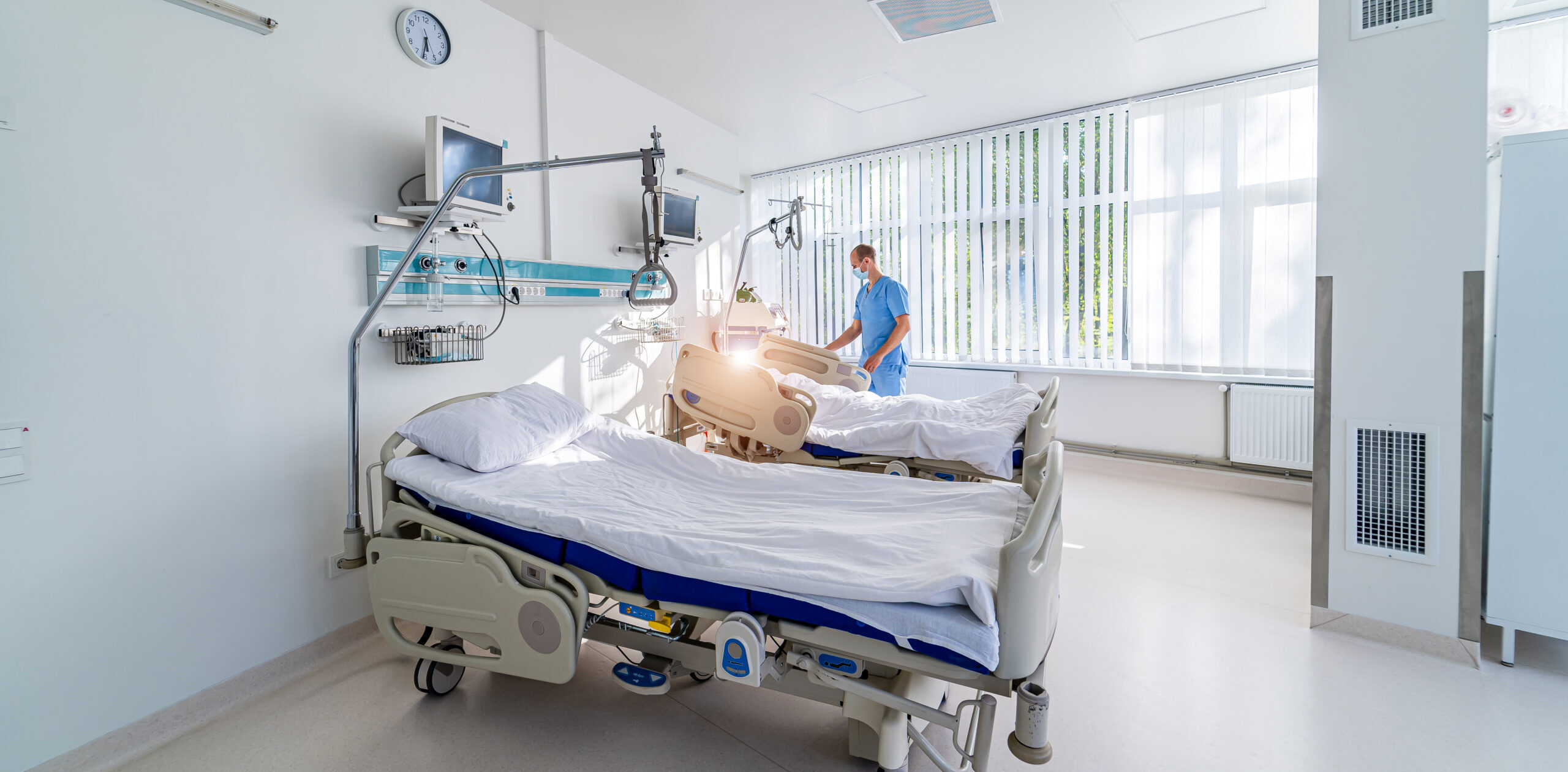Meaningful E-learning


The course provides a thorough introduction to the National Infection Hygiene Guidelines (NIR).
The course begins with what you should be aware of before starting your cleaning work, including:
The participant is introduced to the concept of critical control points, which are points in a room requiring special cleaning or attention during the cleaning process. A distinction is made between areas where patients stay or are treated and critical control points in areas without patients.
Subsequently, the participant is introduced to the categorization and assessment of different types of dirt, understanding how much and what types of dirt are permissible or impermissible in a room after cleaning. Again, a distinction is made between rooms with patients and those without patients, with typically less restrictive cleaning standards in areas without patients compared to areas where patients stay or are treated.
The participant is then introduced to the actual cleaning process, including the sequence in which it should be conducted. The four different cleaning methods that can be applied are discussed, and the appropriate method for rooms with patients is highlighted. The use of both dry and wet cloths is explained, specifying when to use each type or a combination of different cloths and when to change them.
Finally, the participant is introduced to the correct way of disinfecting surfaces.
Towards the end of the course, there are exercises where the participant can test their knowledge of the course content. The participant can conclude the course by taking a final test.
The course is structured as a combination of text, oral introductions and instructions, as well as visual and interactive exercises throughout, allowing the participant to gain more information or test their knowledge and understanding of the topics covered during the course.
Prevention of diseases and minimizing the spread of infection.
The course specifically targets individuals who wish to work in cleaning within a hospital or the care and welfare sector.
The course is particularly suitable for the target audience who are students at KHRS Academy, as it relies heavily on oral and visual instructions, making the learning accessible and more understandable, even for those with reading, writing, or language difficulties.
Upon completion of the course, the participant will be able to handle basic health and nursing tasks in various workplaces such as nursing homes and hospitals. The participant can, after participating in the course, function as an unskilled social and health assistant with a fundamental understanding of the types of tasks and communication with people, for example, in a nursing home.